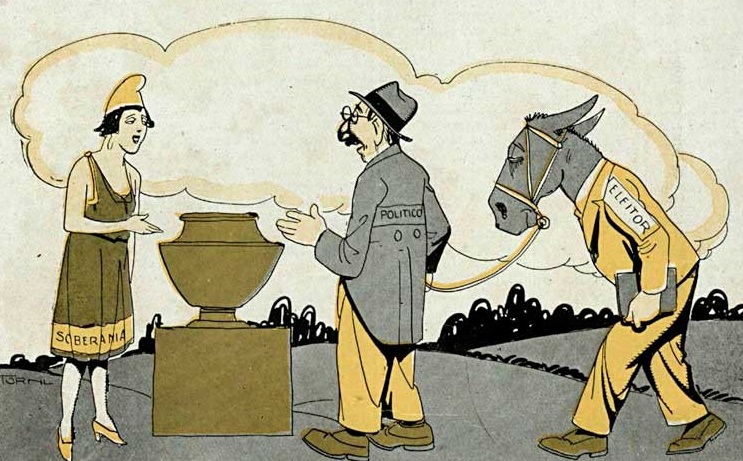The Essential Guide to Creating a Descriptive Memorial in Architecture
When we think of architecture, we envision impressive buildings and works of art that leave us in awe. However, behind all this beauty, there is a meticulous and detailed process that goes into creating a building. One of these fundamental elements is the descriptive memorial.
1. Understanding the Descriptive Memorial
1.1 What is a descriptive memorial?
The descriptive memorial is a document that describes in detail all the characteristics and specifications of an architectural project. It serves as a guide for professionals involved in construction, as well as for building owners and end users.
1.2 What is the importance of the descriptive memorial?
The descriptive memorial is essential to ensure the correct execution of the architectural project. It serves as a detailed record of the technical and aesthetic specifications of the work, avoiding mistakes and ensuring that all parties involved are aligned regarding the project requirements.
2. What should be included in a descriptive memorandum?
2.1 Basic project information
The descriptive memorial must begin with basic information about the project, such as the name of the responsible architect, the name of the client, the address of the land and the purpose of the construction. This information provides context and makes project identification easier.
2.2 Description of the land and surroundings
It is important to describe the land where the building will be built, including its dimensions, topography, existing vegetation and possible restrictions. It is also relevant to mention characteristics of the surroundings, such as urban infrastructure and neighborhood.
2.3 Architectural description
In this section, the descriptive memorandum must describe in detail the architecture of the building. This includes the distribution of environments, the architectural style adopted, construction materials, colors, textures, accessibility rules, among other aspects.
2.4 Technical specifications
The descriptive memorial must also provide the technical specifications of the project, such as measurements, standards to be followed, construction systems and finishing details. This information ensures that the work is carried out correctly, complying with the project guidelines.
3. Tips for creating an efficient descriptive memorandum
3.1 Organize information clearly and concisely
An efficient descriptive note must be organized in a clear and concise manner, facilitating understanding for all parties involved. Using short topics and paragraphs is a good practice to ensure readability and absorption of information.
3.2 Use accessible language
Although the specification is a technical document, it is important to use accessible language, avoiding very complex terms. Remember that the specification will be read by different professionals, including engineers, bricklayers and even customers, who may not be familiar with certain jargon.
3.3 Include illustrations and images
To make the descriptive memorial even more understandable and visually attractive, it is interesting to include illustrations and images that help describe the project. Floor plans, sections and perspectives can be used to visually demonstrate the characteristics of the building.
3.4 Be detailed and thorough
An efficient descriptive memorial must be detailed and thorough in relation to the technical and aesthetic aspects of the work. The more information is provided, the better the understanding of the project and the less chance of errors or misunderstandings occurring during the execution of the work.
Conclusion
In short, the descriptive memorial is an essential document in architecture, as it describes in detail all the characteristics and specifications of a project. Its preparation requires organization, clarity, simple language and meticulous detail. By adopting these practices, architects can ensure that their ideas are conveyed efficiently and that the work is carried out as planned.
There is a link to the Descriptive Memorial page on architecture at Wikipedia.
Common questions
1. What happens if there is no descriptive memorial in an architectural project?
If an architectural project does not have a descriptive memorial, mistakes may occur in the execution of the work, as there will not be a document that describes the technical and aesthetic specifications in detail. This can lead to rework, communication failures and even compromise the structure and safety of the building.
2. Is the descriptive memorial only necessary for large works?
No, the descriptive memorial is necessary for any architectural project, regardless of its size. Whether for a small renovation or the construction of a large building, the descriptive memorial is essential to ensure that all parties involved are aligned regarding the project requirements.
3. Who is responsible for preparing the descriptive memorandum?
The descriptive memorial is prepared by the architect responsible for the project. He is the professional qualified to describe all the characteristics and specifications of the architectural project, ensuring its correct execution.
4. Is the descriptive memorial the same as the architectural project?
No, the descriptive memorial is not the same as the architectural project. While the architectural project covers drawings, plans, sections and perspectives, the descriptive memorial is a written document that describes in detail the technical and aesthetic specifications of the project.
5. Can the descriptive memorial be changed during the execution of the work?
In some cases, it may be necessary to make changes to the descriptive memorial during the execution of the work. These changes must be recorded clearly and communicated to all parties involved. It is important to highlight that significant modifications may require the issuance of an addendum to the original descriptive document.




